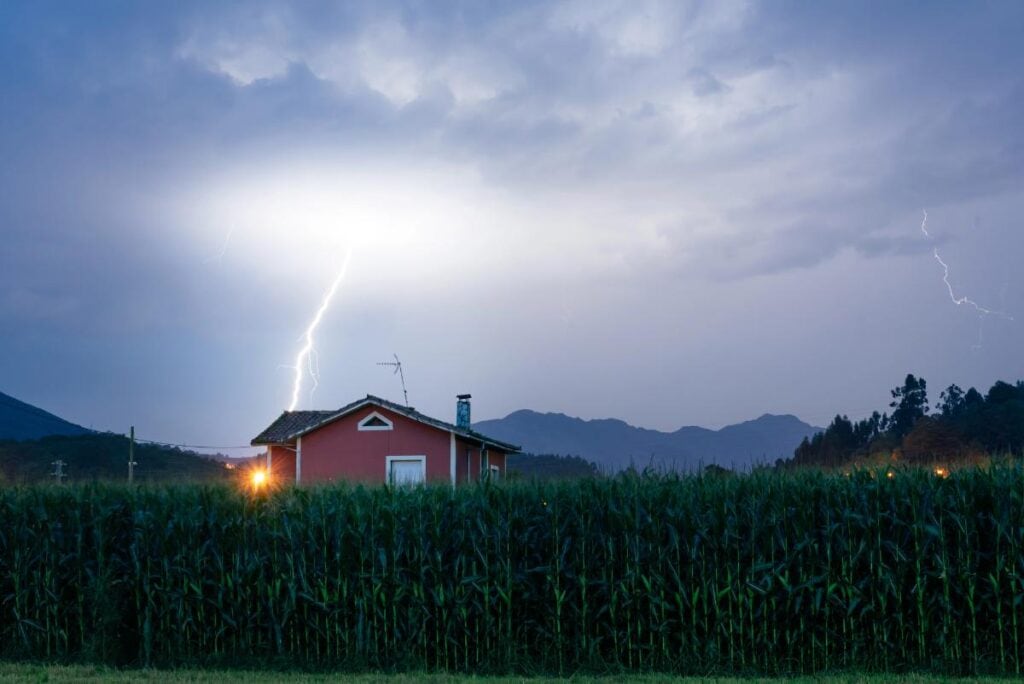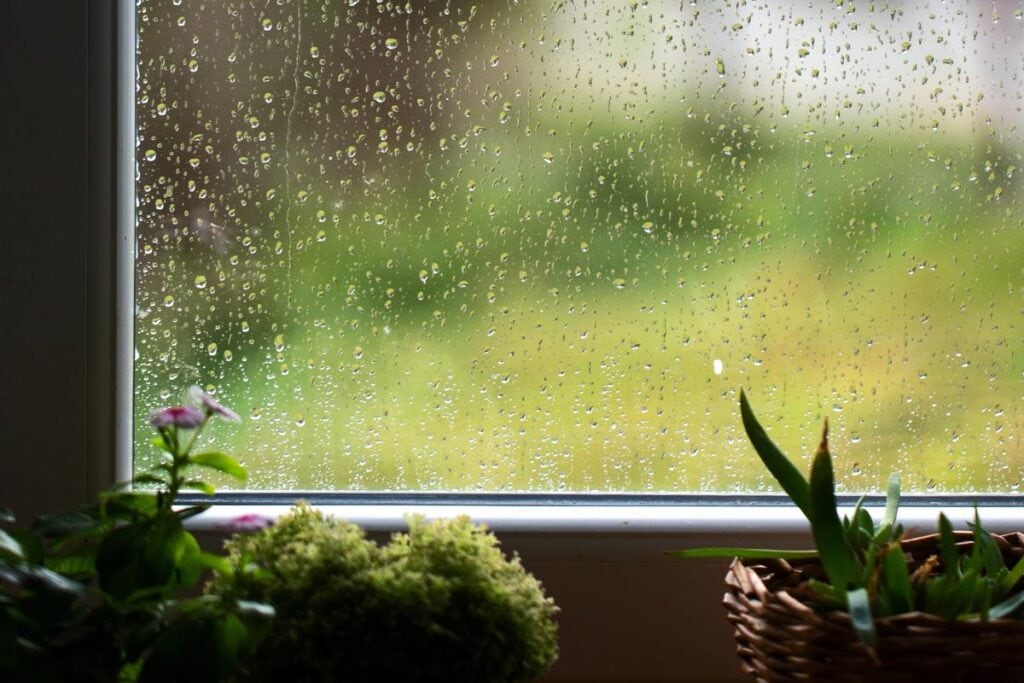
As hurricanes grow stronger and more frequent, especially in places like Florida, homeowners are rethinking how to protect their property.
If you’ve never had to deal with storm damage, you might not know where to begin. And if you’ve lived through it before, you likely want to avoid going through that again. Turning your home into a storm-ready sanctuary doesn’t mean tearing everything down or spending a fortune. It means making smart, targeted upgrades that keep water, wind, and flying debris from getting inside.
This guide breaks down the most effective steps to help keep your home and family safe. Each section focuses on a clear, practical change you can make—no fluff, just what works.
1. Make Sure the Structure Can Handle Stress
The best way to begin storm-proofing your home is to check the basic structure. That means looking at the roof, walls, and how the house holds together. If your roof isn’t attached securely, it can peel off in strong winds. Reinforcing it with clips or straps can keep that from happening.
Pay attention to the way your home is built. Are the walls well-connected to the roof and the foundation? Weak spots in the structure may not show up during normal weather but can become a big problem in a storm. You don’t always need a full rebuild—sometimes, small fixes add a lot of strength.
2. Replace Old Entry Points with Storm-Rated Options
The front and back doors are key parts of your home’s defense. If they’re hollow or made from cheap materials, they can fold under pressure. That’s why many homeowners in hurricane zones choose to replace them with stronger models.
Working with a local Florida impact door replacement company is one of the most effective ways to make sure your new doors meet local safety standards. These doors are tested to withstand high winds and heavy impacts. Some even come with warranties that last for years, so it’s not just about safety—it’s about peace of mind.
3. Find and Seal the Gaps Around the House
Water and wind don’t need a wide opening to get in. Small cracks and holes can turn into real issues once a storm hits. That’s why sealing gaps should be high on your list.
Walk around your home and check for drafts or leaks. Pay close attention to corners, vents, window frames, and door edges. Use caulk, foam, or weatherstripping to seal up anything that looks loose. It’s a cheap fix that can prevent costly repairs later. Plus, these seals help with energy efficiency too, which is a nice bonus year-round.
4. Upgrade to Windows That Won’t Shatter Easily
Not all windows are made to handle storms. In fact, most standard glass will break with just one hit from flying debris. That’s why installing impact-resistant windows is a smart choice.
These windows are built with layered glass and strong frames. If something hits them, they stay intact instead of shattering. This helps keep the wind from rushing into your home, which reduces damage inside.
Impact windows can also help cut outside noise and keep your home cooler. And if you’re looking to improve insurance coverage, many providers offer discounts for homes with this kind of upgrade.

5. Secure Everything Outside That Could Move
Yard items are often overlooked, but they can do major damage. When the wind picks up, loose things like patio chairs, planters, or even small tools can become dangerous. That’s why it’s important to secure or store anything that might get thrown.
Go through your yard and move lighter items indoors if a storm is coming. For bigger things like grills or benches, use tie-downs or anchors to keep them in place. Trim trees regularly and remove any branches that look weak. This step doesn’t cost much, but it can prevent serious problems when a storm rolls through.
6. Add Storm Shutters for an Extra Layer of Protection
Even if you’ve upgraded to impact-rated windows, storm shutters can still be a smart addition. They give you more protection by reducing the chance of flying debris hitting the glass directly. Shutters also help block strong wind pressure from building up inside the home if a window does break.
There are different types of shutters, including accordion, roll-down, and panel styles. Some are permanent and easy to close when needed, while others are temporary and stored until a storm warning is issued. Choose the one that fits your budget and your home’s layout. If your house doesn’t already have them, adding shutters is one more way to keep the interior safe.
7. Inspect and Maintain the Roof Regularly
Your roof protects everything underneath it. If it fails during a storm, the damage can spread fast. Regular maintenance is one of the most effective ways to prevent leaks and structural problems.
Look for missing or loose shingles, signs of rot, or cracks around vents and chimneys. Also check the edges of the roof where wind can easily lift materials. Fixing small issues before storm season makes a big difference. It’s also a good idea to have a professional inspect the roof once a year, especially if your area gets heavy rain or strong winds often.
8. Raise Important Systems Above Flood Level
In flood-prone zones, keeping important systems off the ground is essential. Water can ruin HVAC units, electrical panels, and water heaters. Once damaged, these systems are expensive to fix and take time to replace.
Check where your main systems are located. If any are at or below ground level, talk to a licensed contractor about raising them. In some homes, platforms or wall mounts can keep equipment safe. This step can also make it easier to qualify for flood insurance or reduce the cost of coverage.
9. Improve Drainage to Keep Water Away
Water buildup around your home can lead to serious damage. Flooding, mold, and foundation issues are all more likely when water doesn’t drain properly. Fixing drainage problems helps keep your home dry during heavy storms.
Start by cleaning your gutters and making sure downspouts send water at least several feet away from the house. If water tends to collect in one area of your yard, you might need to regrade the soil or install a simple drainage system like a French drain. These changes may seem small, but they reduce the risk of water damage a lot.
Each of these upgrades also adds long-term value. They make your home stronger, more energy-efficient, and often more appealing to future buyers. Working with the right professionals, like a Florida impact door replacement company, can make some of the heavier tasks easier. The key is to act before the forecast turns bad. With the right steps, your home can become a place of safety in any storm.
